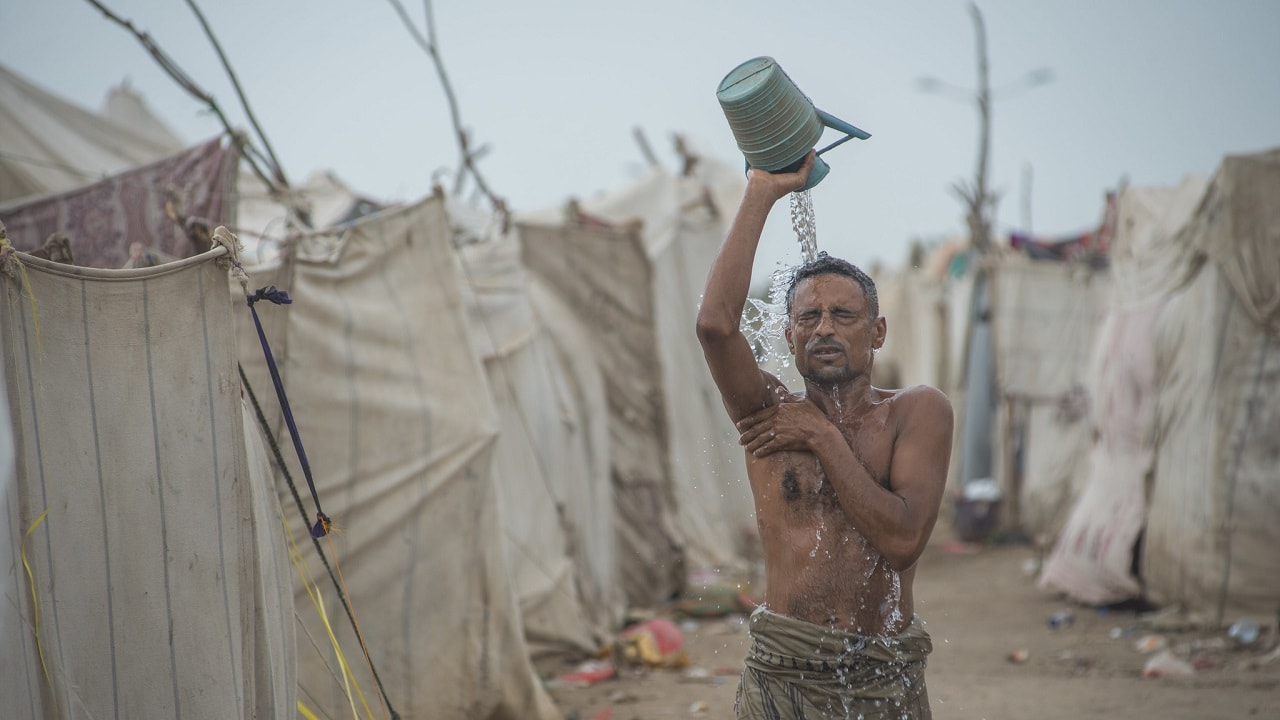The recent rapprochement between Iran and Saudi Arabia is expected to profoundly impact the Yemeni civil war that has plagued the region for almost a decade. Soon after erupting back in 2014, the devastating conflict in Yemen quickly turned into a proxy war between Riyadh, which led a military coalition defending Yemen’s internationally recognized government, and Tehran, which materially and financially supported the Houthi rebels. The civil war has left almost half a million dead and the majority of the country’s survivors reliant on humanitarian aid. A previous cease-fire brokered by the United Nations expired in October 2022, leading to a revival of sporadic warfare throughout the country. Last week’s Chinese-mediated negotiations between Saudi Arabia and Iran could hopefully serve as the tipping point of the war that has claimed so many lives and caused so much devastation.
How did the Yemen conflict first emerge?
Although the Yemen Civil War officially erupted in 2014, its origins date back nearly a decade earlier. Ansar Allah, the militant group now called the Houthi rebels, were carrying out a low-level insurgency against the government in the mountainous region bordering Saudi Arabia. When the movement’s leader Hussein Badreddin al-Houthi was killed during the insurgency, the Ansar Allah movement was renamed in his honor. Throughout the early 2000’s, moments of confrontations arose periodically and were temporarily settled with peace agreements.
By 2011, the Arab Spring protests that swept the region and ignited revolutions in Tunisia and Egypt reached Yemen. At this time, the Houthis’ then-leader Abdul-Malik al-Houthi called for the resignation of Yemen’s President Ali Abdullah Saleh. Shortly after the President prepared to leave office, the Houthis took control of the Dammaj village in northern Yemen. At this point, tensions between the Houthis and Sunni tribes spread throughout the country. Not even Yemen’s capital Sanaa was spared. The Yemen Civil War officially commenced when Houthi militants seized the country’s Saana province and forced the removal of its government in 2014. The conflict only escalated following the exile of the then-President of Yemen Abdrabbuh Mansour Hadi.
Foreign actors soon entered the conflict
Within a year of the Civil War erupting, Saudi Arabia joined the conflict to aid the government of Yemen with the support of other countries. This 8-member coalition of Arab states included the UAE, Qatar, Bahrain, Morocco, Kuwait, Sudan, Jordan and Egypt. The U.S., UK and France also supported the coalition’s efforts with logistical, intelligence and air support. At the same time, Iran was fully invested in supporting the Houthis’ offensive efforts. The Saudi government accused its Iranian counterparts of fueling the conflict by providing monetary assistance and weapons transfers to the rebels. While Iran systematically denies funding the Houthis’ attacks, the regime’s contributions to the war have been well documented.
As the Center for Strategic and International Studies details, Tehran has provided the rebel group with “weapons and technology for anti-tank guided missiles; sea mines; UAVs, such as the Qasef family; 122-millimeter Katyusha rockets; Misagh-2 man-portable air defense systems (MANPADS); RDX high explosives; ballistic and cruise missiles; and UMVs. One specific example is the Houthi use of Borkan-2H mobile, short-range ballistic missiles, which they have used to strike Riyadh and other targets in Saudi Arabia.” It has also been established that “Iranian components were also integrated into Yemeni SA-2 surface-to-air missiles to construct the Qaher series of surface-to-surface missiles. The Houthis have also developed a modified version of the Iranian Quds-1 and Quds-2 cruise missiles, with Iranian assistance.”
While the quantity and quality of weapons used in the Yemen conflict has directly led to at least tens of thousands of deaths, disease and starvation are also devastating the population. Last March, the United Nations reported that more than 17 million Yemenis were food insecure and an additional 1.6 million were “expected to fall into emergency levels of hunger” in the near future. Additionally, the World Food Program has been supplying food to nearly 13,000 Yemenis but are running short on cash.
U.S. policy has shifted quite frequently in recent years
In January 2021, then-Secretary of State Mike Pompeo announced the White House’s decision to designate the Houthis as a Foreign Terrorist Organization (FTO), qualifying this label with the group’s incessant cross-border attacks against civilian populations. Within the first month of Joe Biden’s presidency, the U.S. pulled its support for the Saudi-led military operations in the country, and reversed the Houthis’ terrorist designation. Although Biden’s policy changes aimed to instill a peaceful resolution of the conflict, the Houthis were only emboldened.
For years, the Houthis rejected cease-fire pleas brought to the table by Saudi Arabia and the United Nations. Although the group ultimately agreed to an UN-meditated truce last April, the terms expired in early October. Considering Tehran and Riyadh’s recent rapprochement, however, a glimmer of hope regarding the course of the Yemen Civil War is starting to appear.
Maya Carlin is a Senior Editor with 19FortyFive. She is also an analyst with the Center for Security Policy and a former Anna Sobol Levy Fellow at IDC Herzliya in Israel. She has by-lines in many publications, including The National Interest, Jerusalem Post, and Times of Israel.

